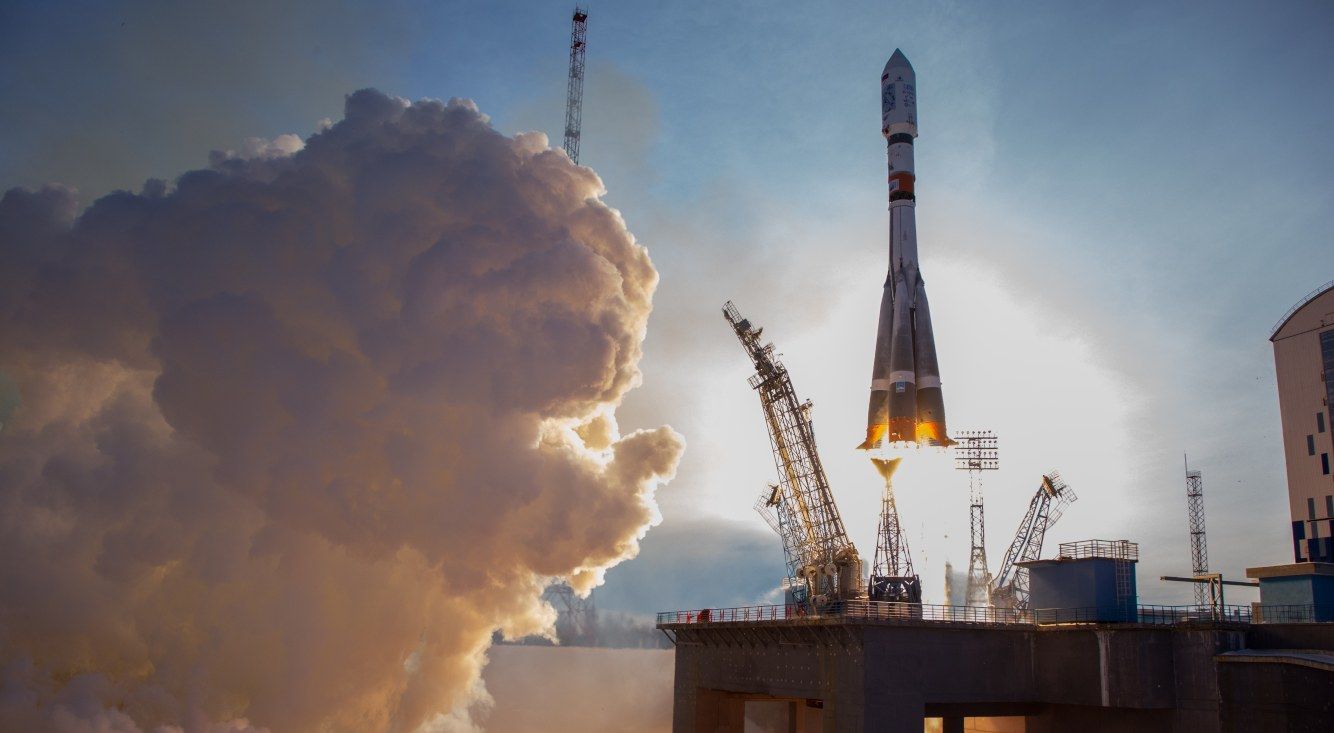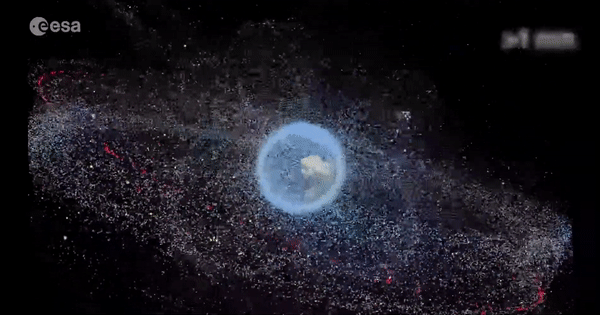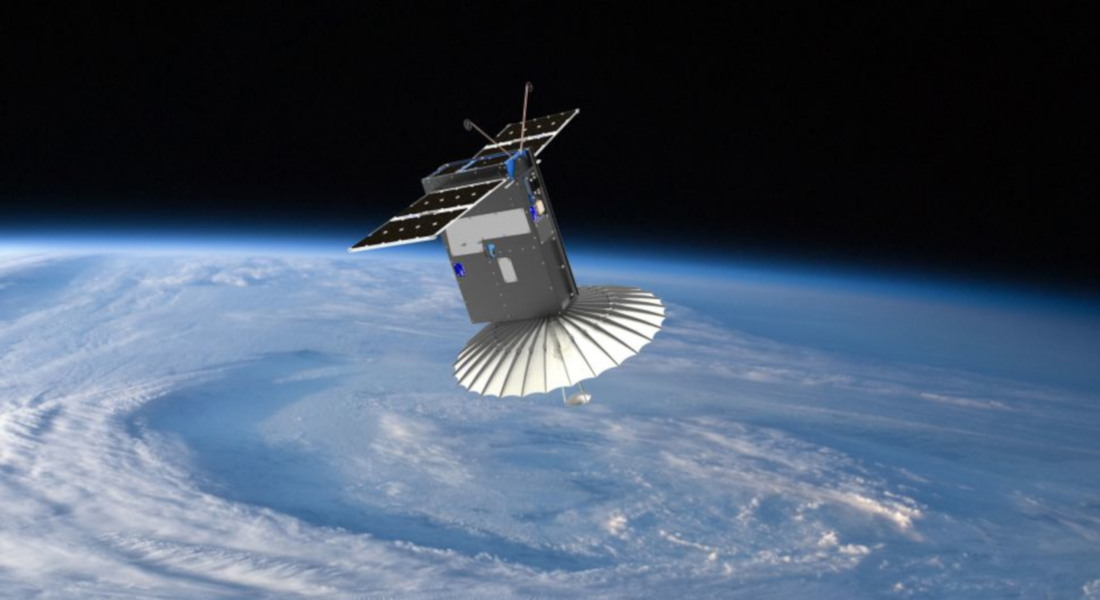
Innovation forms an integral part of the DNA of the space industry. In the New Space age, every year new advances and discoveries arise that open up opportunities of all kinds for governments and companies of different sizes and sectors. If we want to anticipate what the future of small satellites will look like in the short and medium term, there are some trends that can already be glimpsed and that can serve as a reference.
It goes without saying that it is not easy to predict the future of an industry with a high level of innovation. From what we know about the past and present of the sector, we begin with our main predictions about the future of small satellites.
1. An increase in the number of small satellite launches
Thanks to New Space, the traditional barriers preventing access to space have disappeared. In 2018, 253 satellites weighing between 1 and 50 kg were launched worldwide, according to the most recent study by SpaceWorks, although this figure will increase considerably in the next few years.
More and more startups, companies and governments have the capacity to have their own satellites. In fact, SpaceWorks expects between 513 and 745 launches in 2023. If those forecasts are met, the number of small satellites launched into space would at least double within five years. And in the most optimistic scenario, it would almost triple.

Soyuz rocket launch / Image: Roscosmos, December 2018.
2. A more prominent role for larger sized CubeSats (6U & 12U)
Some of the advances we will see concerning the future of small satellites (greater data processing and transmission capacity, artificial intelligence, propulsion systems, etc.) are closely related to the growing trend towards the use of larger CubeSats. The 6U and 12U platforms are gaining prominence in the sector in order to respond to these new needs.
3. Larger constellations and improved coordination between CubeSats
The space industry is moving towards a future with large constellations of small satellites capable of providing all types of services in large geographical areas or across the globe. This trend in turn implies new challenges for satellite coordination and management.
Some solutions such as ISL (Inter-Satellite Link) communication technology will help optimise coordination between CubeSats in the same constellation so that satellites are able to communicate with each other for different purposes. For example, CubeSats will be able to transfer data in space without intermediaries, so that the satellite that has direct vision with the ground station will be responsible for gathering and downloading all this information through a high-speed link.
These advances will also allow very precise formation flights, which will help with the coordination of CubeSats to work together on applications such as SAR (Synthetic Aperture Radar), which require a high level of resolution, and which would otherwise only be possible with large satellites.
This commitment to better coordination of CubeSats has also led to the proposal of satellite docking projects, another innovation that will be arriving in the next few years. Among the possibilities offered by this solution would be the ability to provide on-orbit services (e.g. for refuelling) or even to 'piece-build' a larger satellite in space, so that different CubeSats can function as building blocks of a larger structure. The use of sensors and thrusters would make it possible to achieve the level of precision required to couple two (or more) small satellites in orbit.
4. The transformation on its way thanks to artificial intelligence
Artificial intelligence (AI) is also arriving in space. If we focus on the future of small satellites, this transformation will bring important advances. First of all, let's think about automatic diagnostics based on telemetry, thanks to artificial intelligence tools that will make it possible to anticipate future problems based on current telemetry data from satellites.
Another interesting aspect is the application of AI for on-board information processing and the reduction of download data. In Earth observation or Signals Intelligence (SIGINT) applications, for example, this pre-processing of information would make it possible to carry out the analysis in space and download only the specific data or images necessary for the mission.
Another of the future applications of artificial intelligence has to do with automatic learning systems for the management of satellite constellations. Intelligent ground station networks and automatic learning systems will optimise the control of large CubeSats constellations. Artificial intelligence will help to simplify the management of all tasks associated with the control of satellites and the services they provide.
5. Greater data processing and transmission capacity
Some of the most typical uses of CubeSats call for high data processing and transmission capacities. This is one of the most important technical challenges facing small satellites in the New Space age.
Some CubeSats have already started to include Ku-Band and Ka-Band transmitters, with rates of several hundred megabits (Mb) per second, or even gigabits (Gb). These solutions require higher power consumption to improve data transmission capacity, which in turn implies the need for larger satellites.
It is also possible to achieve very high data transmission rates using laser communication systems, another of the avenues that the sector may follow in the coming years. This solution requires high levels of precision so that the satellite's laser beam is perfectly aligned with the receiver located on Earth, while in LEO orbits at a speed of around 7.8 kilometres per second.

The brief laser flash at the center of the image was part of a NASA experiment about CubeSat laser communications / Image: The Aerospace Corporation.
6. Increased use of propulsion systems for CubeSats
Many CubeSats projects do not require propulsion systems for satellites to complete the task for which they were designed, although this is a solution that can be useful in certain types of missions.
The future of small satellites in the coming years points towards an increase in the use of electric, chemical or water propellants that allow CubeSats to move in a controlled and deliberate way without resorting to passive methods. For example, these propulsion systems make it possible to modify or adjust the orbits of small satellites.
7. Improvements in active and passive de-orbiting systems
The presence of space junk in Earth's orbit is one of the main concerns of the sector, as this debris poses a risk to functioning satellites. Today's CubeSats are designed to enter the Earth's atmosphere at the end of their useful life, so that they disintegrate without leaving a trace, although in some cases this process can last for years, and if something goes wrong, they may end up as space junk. The de-orbiting systems are in charge of guiding this process of leaving orbit and controlled destruction.
The trend in the sector is towards an improvement in these procedures, which in part are closely related to the propulsion systems we have just seen. These active de-orbiting systems include electric, chemical and water propellants, which allow the CubeSat to be guided towards the Earth's atmosphere once it has completed its mission. Work is also underway on improving the efficiency of passive de-orbiting systems, such as braking using Air Drag Augmentation Devices (DADs) and systems such as magnetic torques or inertia wheels.
In both cases, these are fundamental advances towards the objective of achieving in the coming years a reduction in the level of risk associated with the increase in space junk in the Earth's orbit.

Distribution of space debris around Earth / Image: ESA, August 2019.
8. Origami and new high-tech solutions for antennas
The limited size of CubeSats makes it necessary to seek imaginative solutions for the technology that travels on board satellites, so that it takes up as little space as possible. One of the areas in which most progress has been made and in which interesting innovations are expected in the coming years is connected with antennas.
For example, there are already missions such as NASA’s RainCube project, which apply the Japanese art of origami in this field. The parabolic antennas are folded to occupy as little space as possible, and are only unfurled once in orbit. These folding solutions make it possible to have bigger and better antennas in space, with everything this implies for improving communications and for the future of small satellites.

RainCube’s deployable antenna / Image: Tyvak-Jonathan Sauder-NASA-JPL Caltech via Space.com.
9. Increased use of CubeSats for space exploration
The small satellites MarCO A & B reached an important milestone just one year ago, when they became the first two CubeSats to travel into deep space, as a part of NASA’s InSight mission to Mars. Beyond their multiple applications in Earth orbit, there is now also talk of CubeSats as the future of space exploration.
New opportunities have also arisen in this field related to scientific projects outside of Earth orbit. The European Space Agency (ESA), for example, has two CubeSats 6U as a part of its Hera mission to travel to the dual asteroid Didymos, with the aim of obtaining information about how to re-route asteroids that pose a potential threat to the Earth. In the field of science, some projects have also begun to evaluate the possibility of using CubeSats for the calibration of latest generation telescopes, in order to obtain clearer images of all types of celestial objects.
It should also be remembered that small satellites are ideal for testing new technologies in space (In-Orbit Demonstration). In fact, one of the advantages of CubeSats is the ability to take greater risks, because in terms of development times and costs, it is not the same to lose a small satellite as a large one.
10. Appearance of new regulations
The increased number of CubeSat launches and the number of small satellite constellations will entail the appearance of new regulations, which will allow all new projects to be safely accommodated and avoid interference. These regulations could relate, for example, to frequencies, orbits, quality standards, cyber security or de-orbiting systems.
New Space continues to be an inexhaustible source of new business opportunities. New and promising technical advances are appearing in the future of small satellites that will help boost the practical applications of CubeSats. Some of these findings will be closely related to these 10 predictions, but some surprises also await us. Time will tell how accurate these predictions are.








Stay in Touch